What is Cynar?
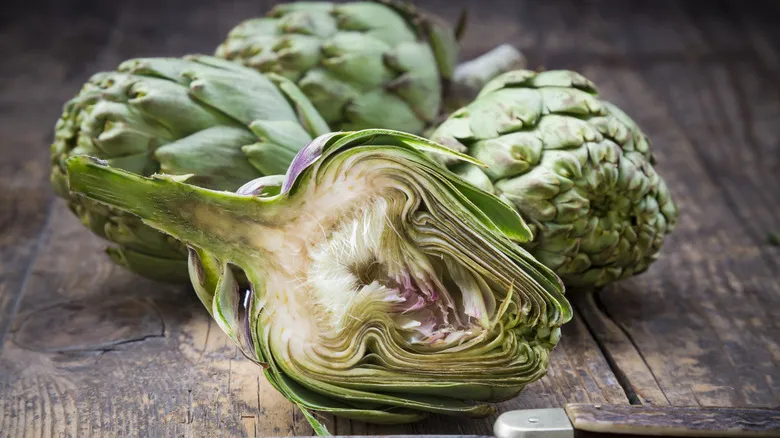
Cynar is a type of amaro, a bitter liqueur from Italy. Notable examples of amari include Aperol, Campari, and Fernet-Branca, but there are countless Italian bitters available, with some enthusiasts even crafting their own. While the specific recipes for amari are often kept secret, they generally consist of a blend of herbs, spices, roots, flowers, and citrus fruits. Cynar is distinctive for its 13 ingredients, prominently featuring artichoke leaves. Due to this key ingredient, Cynar falls into the category of carciofo amari, with "carciofi" being the Italian term for artichokes.
Cynar and other amari are thought to assist with digestive issues, and Italian bitters are commonly used to stimulate appetite, aid digestion, and soothe an upset stomach. They play a significant role in the Italian dining experience, both for their health benefits and cultural importance. Many Italian amari are categorized as either pre-dinner or post-dinner drinks, but Cynar is versatile enough to serve as both an aperitivo and digestivo, setting it apart from others. With an alcohol by volume (ABV) of 16.5%, Cynar has a moderate strength, making it suitable for enjoyment before or after a meal. For those seeking a stronger option, Cynar also offers a higher proof version called Cynar 70, designed to be savored on its own. This variant is noted for being less bitter than the original Cynar.
What is an Italian amaro?
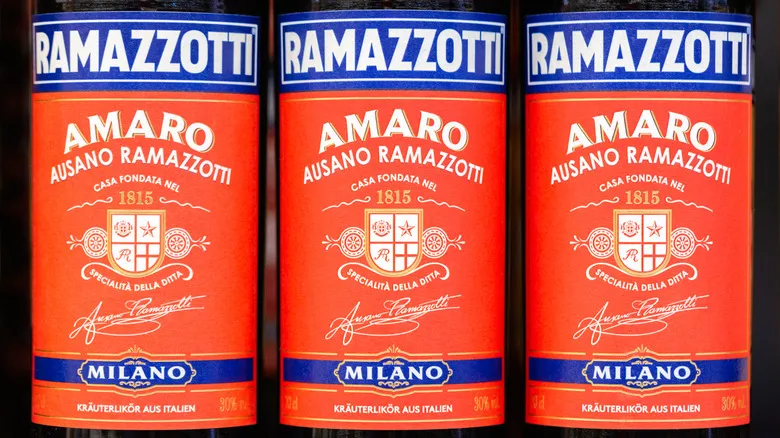
An amaro is a traditional Italian liqueur typically crafted from a blend of herbs and spices, resulting in a unique and often bittersweet taste. The ingredients can include a variety of herbs, spices, and fruits such as citrus peels, star anise, cloves, cardamom, fennel, bark, saffron, lemon verbena, vanilla, rose petals, cinnamon, elderberry, and many others. Each amaro features its own distinctive recipe, carefully guarded. With a wide selection available, you can find one that suits your taste preferences or intended use, so if you sample one and it doesn't appeal to you, don't be disheartened.
Historically, amari were used for medicinal purposes, but today they are commonly enjoyed as a digestif after dinner, aiding in the digestion of a hearty Italian meal. As mentioned, Cynar can also serve as an aperitivo. Amaro can be incorporated into cocktails, such as the well-known Aperol Spritz or the Negroni, which includes Campari. Many Italian and Italian American families often serve amaro alongside a shot of espresso or right after coffee, taking time to relax at the table. This cultural tradition encourages a slower pace at the end of the day, fostering connection with family and friends.
The history of Cynar
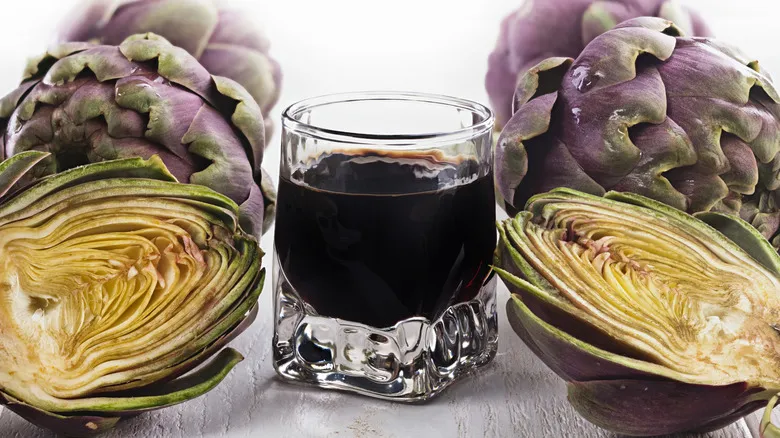
Cynar was created in 1952 in Padua, Italy, by entrepreneur and philanthropist Angelo Dalle Molle. His goal was to craft an amaro that utilized the artichoke for its health benefits and intriguing history, as it has long been regarded as an aphrodisiac in ancient folk medicine. Thus, Cynar came to life. Interestingly, the name "Cynar" has a fascinating etymology that may trace back to Greek mythology. One tale recounts how Zeus fell in love with a girl named Cynara and elevated her to goddess status so she could join him on Mount Olympus. However, Cynara grew bored and returned home without Zeus's consent, which infuriated him. In his wrath, he encased her body in scales, leaving only her heart behind — the first artichoke.
Cynar is a relatively modern amaro, especially when compared to some brands that have been part of Italian culture for over 200 years. According to the brand's website, advertising significantly contributed to Cynar's popularity. TV commercials featuring Italian actor Ernesto Calindri aired on "Carosello," a program that ran from 1957 to 1977. The ads had a humorous tone, and Calindri's fame helped attract attention to this new amaro. The catchy slogan, "Contro il logorio della vita moderna," translates to "Against the stress of modern life." In 1995, Cynar was acquired by the Campari Group.
What does Cynar taste like?

Sure! Here’s a rewritten version of your text:
While the label features a picture of an artichoke, don’t expect Cynar to have a flavor reminiscent of one. It’s not merely an artichoke-based spirit; it contains 13 other ingredients that are skillfully blended together. Some enthusiasts describe Cynar as "medicinal," though they note it’s not overly harsh on the palate. Others have detected a hint of spiciness. Generally, Cynar is regarded as having a vegetal and earthy profile, with a bittersweet taste typical of many Amari.
If you’re new to bitters and feeling uncertain, you might have heard others mention that these liqueurs can evoke memories of childhood cough syrup. However, Cynar serves as a gentle introduction. Overall, it’s a well-balanced amaro with a mild 16.5% ABV. You can savor it at room temperature, as is customary, or over ice. Bartenders love Cynar, highlighting that its distinctive flavor makes it a favorite among cocktail creators, whether enjoyed neat or as part of inventive concoctions.
Cocktails made with Cynar
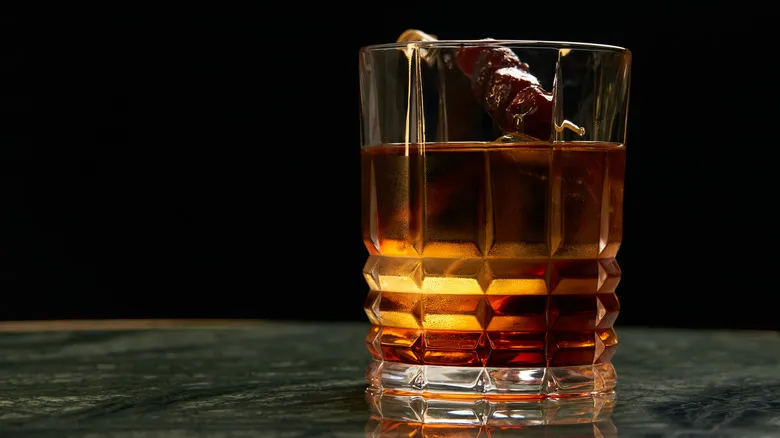
What are some cocktails you can create with Cynar? Depending on your flavor preference, there are numerous ways to incorporate Cynar into your drinks. Many bartenders opt to replace traditional bitters, such as Campari, with Cynar. You can choose from straightforward classics or more intricate concoctions. Let’s begin with the simpler options—sometimes, simplicity is all you need. One of the most well-known Cynar cocktails combines equal parts Cynar and fresh grapefruit juice. For a refreshing spritz, try mixing grapefruit soda with prosecco, or stick to the classic spritz with Cynar, prosecco, and club soda (everyone enjoying an Aperol Spritz will be curious about your drink). Another option is the Cynar Negroni, which offers a twist on the classic recipe by substituting Cynar for Campari.
For those seeking more adventurous choices that are quickly becoming staples, consider the Bensonhurst, a cocktail crafted by New York City bartender Chad Solomon. This variation of the Brooklyn features rye whiskey, dry vermouth, maraschino liqueur, and Cynar. Then there's the Sin Cyn, made with equal parts Scotch whisky, Cynar, and sweet vermouth. Many bartenders enjoy pairing Mezcal with Cynar, and the Smoke Show exemplifies the exciting results of this combination. This drink includes Mezcal, Cynar, Green Chartreuse, lemon juice, simple syrup, and an egg white, topped with a sprinkle of cinnamon.
Where to buy Cynar
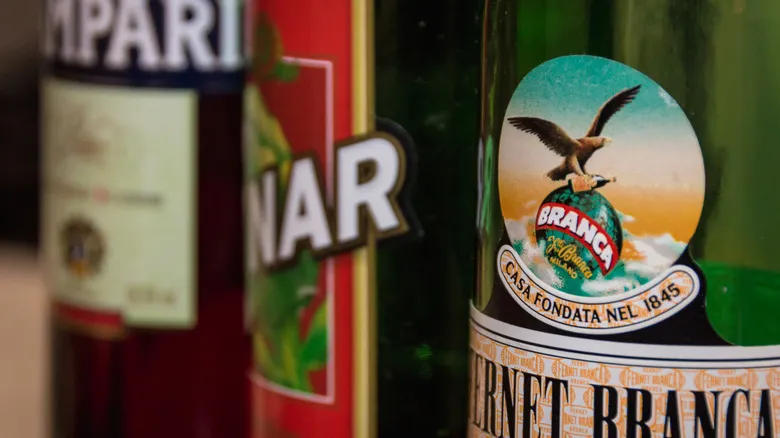
You don’t need to travel to Italy to purchase Cynar — it’s widely available at most liquor stores and can also be found online at retailers like Total Wine, Wine.com, Instacart, and others, depending on your location. Cynar is typically offered in a standard 33 proof 1-liter bottle, priced between $35 and $40. Additionally, there is a special 70 proof version, which has a darker hue.
Once you have your beautiful, bold red bottle of Cynar, where should you store it? Traditionally, Cynar is kept at room temperature. It’s not advisable to refrigerate it or expose it to extreme temperatures. Instead, store Cynar in a cool, dry area. Of course, you can serve it over ice or chilled if that’s your or your guests’ preference. There’s no right or wrong way to enjoy Cynar, but keeping it at its best flavor for as long as possible is key.
Recommended

Expert Tips For Crafting A Better Old Fashioned
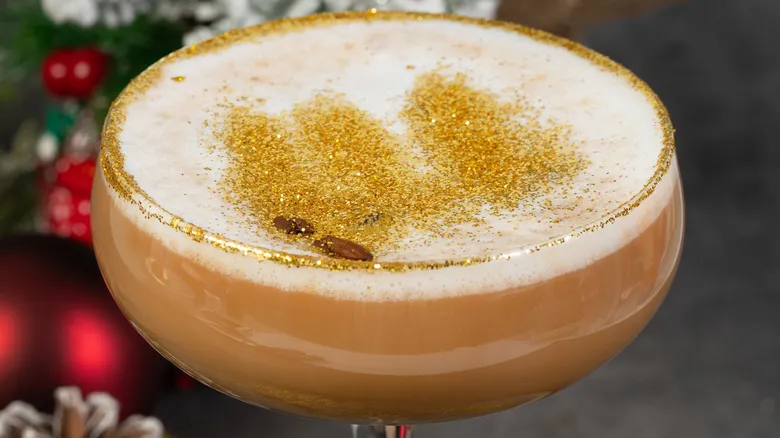
Is Edible Glitter Really Safe For Your Cocktails?
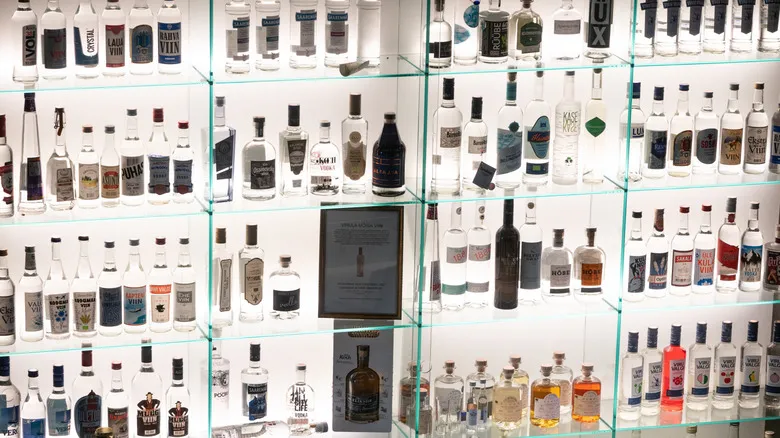
How One Of The World's Most Expensive Vodka Was Stolen And Later Found

The Sweetener You Should Never Buy At The Grocery Store
Next up

